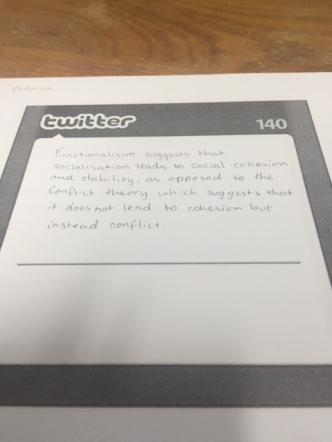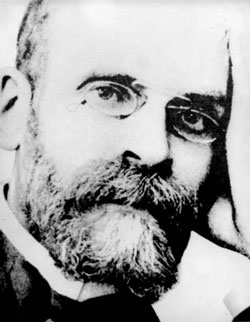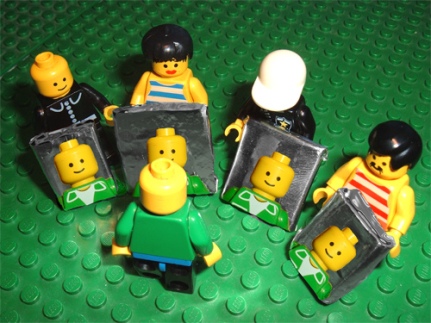
There will be a socialisation test during the second lesson on Tuesday 1st March.
Content to revise:
socialisation
stages of socialisation (primary, secondary, tertiary)
agents of socialisation (family, peers, education and media)
norms, values and beliefs
sanctions
internalisation
social control
agency
society
culture
subcultures/countercultures
anomie
gender/sex (very minimal knowledge required, will keep you posted prior to Tuesday)
Difference between structural and action theories
Functionalist, Conflict and Interactionist theory
Critique of above theories














